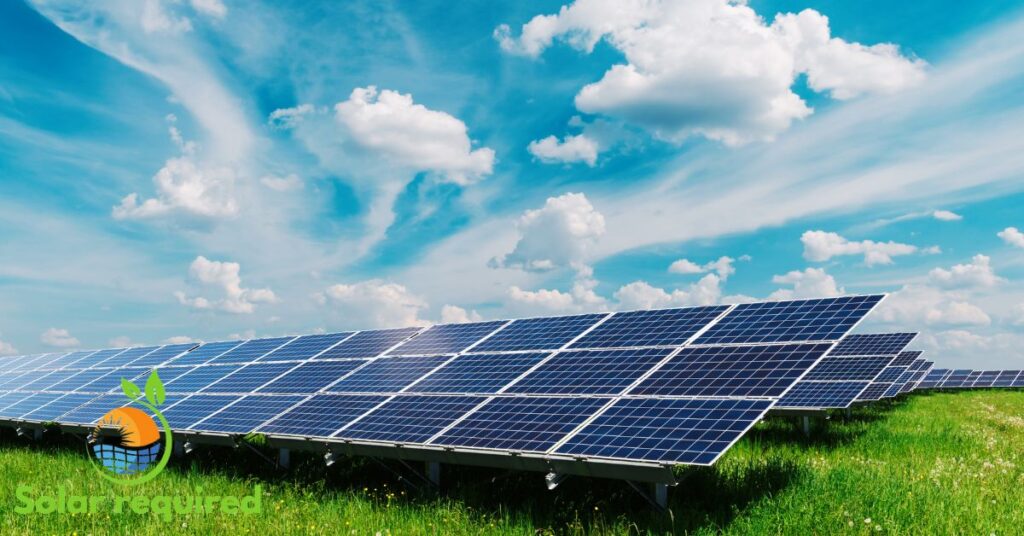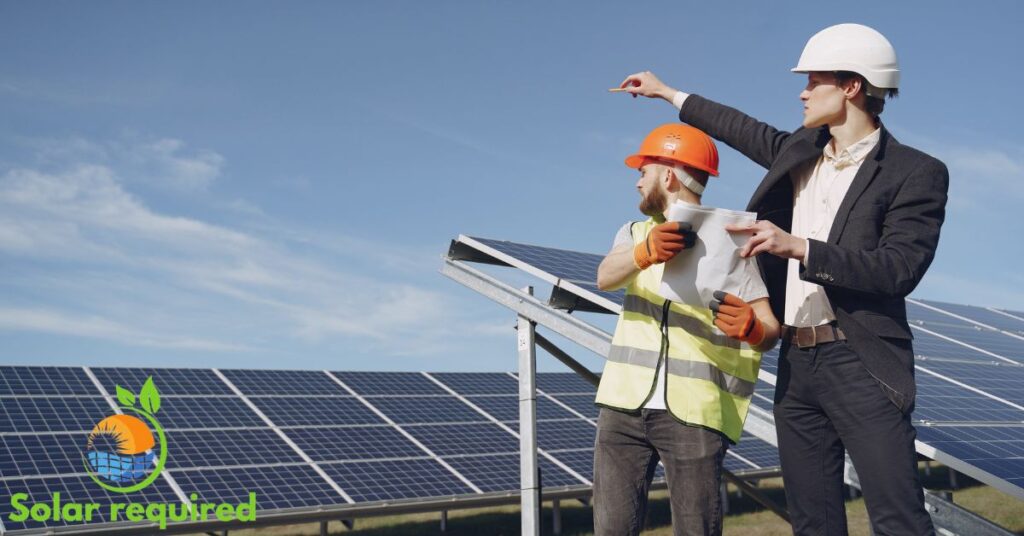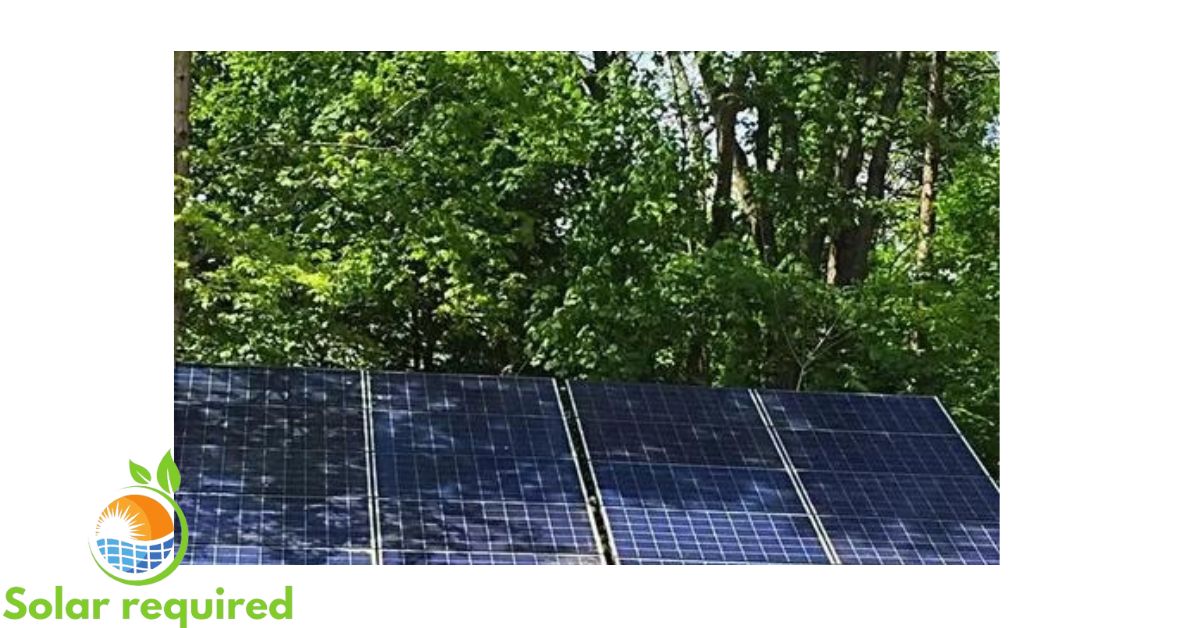How Shading Affects Solar Panel Performance
Solar energy is a sustainable and clean power source. It has seen huge recent growth in popularity. It is critical to understand the factors. They may impact the performance of solar panels. More people and companies rely on solar panels to meet their energy needs.
it is very important to install solar panels in the right place at your home Shading is important. It can impact solar panel efficiency. I will explore how shading can impact solar panel performance. I will also cover any effects on the whole system.
Impact of Shading on Solar Panel Efficiency
Solar panels generate electricity through a process known as the photovoltaic effect. When shade falls on a solar panel it receives less sunlight reducing its efficiency. A nearby tree or building can cast partial shade. This can reduce solar panel efficiency. This is because solar panels are usually wired in series. Shading one panel in the series may cause a drop in the output of the whole system.
Shading on solar panels lowers their efficiency. This is due to the “Christmas lights effect.” Connecting a shaded solar panel to others in a series acts as a resistor. It limits the current to the lowest level. As a result, the lower energy production reduces the whole system’s performance.
Impact on System Performance
Shading harms solar panels’ efficiency and the whole system. It affects one or more solar panels and reduces energy production. This is especially a problem for large solar installations used in commercial or industrial settings. A drop in energy output can cause big financial losses.
Also, shadowing can cause hot spots on solar panels which could be harmful. Localized overheating may result from a solar panel’s current avoiding a shaded area. This may harm the solar cells. It will make them worse shortening their lifespan and decreasing their efficiency. Hot spots may in bad cases cause panel failure. This failure leads to expensive repairs or replacements.
Decreased Energy Production
Shading reduces energy production. This is a key effect on solar panel performance. This is a method to increase solar panel efficiency. A shaded solar panel gets less sunlight. This lowers its electrical output. This lower energy output is most clear in shaded regions. These regions have trees tall buildings or other obstacles. Shading may decrease energy production from solar panels.
This decrease can impact their efficiency. This may result in less electricity. It makes it harder to supply homes, companies, or other facilities with the energy they need. This can undermine the main purpose of installing solar panels. It does so by increasing the need for other energy sources or by driving up electricity costs.
Check out: A Beginner’s Guide to Financing Your Solar Panel Installation
Hot Spots and Potential Damage
Shading can also cause hot spots on solar panels. They can harm the system. When shading a solar panel the shaded area can act as a resistor. This causes a local temperature increase. The higher temperature can make the solar cells degrade faster. This reduces their efficiency and lifespan.
Hot spots harm single solar panels. They also hurt the whole system. The heat of the shaded cells rises. It can spread to nearby cells causing a cascade. This can lead to a big drop in the system’s performance. It may even replace damaged panels. The costs to repair or replace can be high. They add to the burden of solar panel owners.

Selecting an installation location for solar panels is crucial. It should cut shading from surrounding obstructions to maximize their efficiency and effectiveness. Also using technologies like bypass diodes can reduce shading’s impact.
They make the system work better. People and companies can ensure their solar investments provide lots of energy. They can also ensure they provide long-term benefits. They can do this by learning how shading affects solar panels. Then they should take action to reduce its effects.
Reduced Lifespan of Solar Panels
Shading decreases energy production and damage. It can also shorten solar panels’ lifespan. Shading harms solar panels by making them wear out more, so they last for a shorter time. It also causes heat differences, which degrade the panel materials and can reduce their durability.
Shorter lifespans lower the return on investment. This hurts people or businesses that invested in solar. It also means they need to replace solar panels more often. The shorter lifespan of solar panels can hurt a solar project. It hurts the project’s ability to make money. This short lifespan can also discourage people from choosing solar energy.
Loss of Revenue
The loss of revenue is one of the biggest effects of shading on solar panel performance. Shading solar panels reduces their energy production. This lowers the electricity they generate. Businesses and people who depend on solar energy may lose money. This would result in a drop in electricity production.
Shading causing a drop in energy output can hurt companies. They made big investments in solar. The loss of revenue may hurt the solar project’s finances. It could raise electricity prices or force a continued reliance on dirty energy.

How to Mitigate shade from solar panels?
1. Panel Orientation: Position the solar panels to capture the largest amount of sunlight. Panels should face north in the South. They should face south in the North.
2. Shade Analysis Tools: Before installing solar panels test potential shading issues using shade analysis tools. The tools offer insights into how shadows will affect panel performance. The shadows come from objects nearby and change with the time of day and year.
3. Electrical Control Panels: Install electronics at the panel level. These include DC optimizers and bypass diodes. Even with some shading on the panels these devices still function. This lessens the negative effects of shading.
4. Regular Maintenance: Keep your solar panels clean. Clear them of debris. This will ensure they absorb the most sunlight. Trim any vegetation that may cast shadows on the panels especially as it grows over time.
5. Advanced Solutions: Consider investing in advanced shading mitigation technologies. These include smart inverters and solar tracking systems. These solutions can adjust panel orientation. They can also adjust power output to make energy production better. They work even in shaded conditions.
Conclusion
Shading affects solar panels, reducing their efficiency, performance, and lifespan. It can cause many problems, including reduced energy production and hot spots, damage to panels, and shortening their lifespan. It can also cost solar owners money. They must inspect their locations for shading and act to lessen its impact.
FAQs
1. How does shading affect solar panel efficiency?
Shading reduces the sunlight reaching solar panels. This lowers energy production and can damage the panels.
2. Can shading cause permanent damage to solar panels?
Yes, too much shading can lead to hot spots. It speeds up solar panel degradation, which reduces their lifespan.
3. Are there any DIY methods to reduce shading impact?
Basic maintenance helps. It includes cleaning panels and trimming vegetation. These tasks can reduce shading. But, for more advanced solutions, it’s recommended to consult with solar energy professionals.
4. What are the most common causes of shading?
Trees and buildings cause shading. Cloud cover and dust also do.


